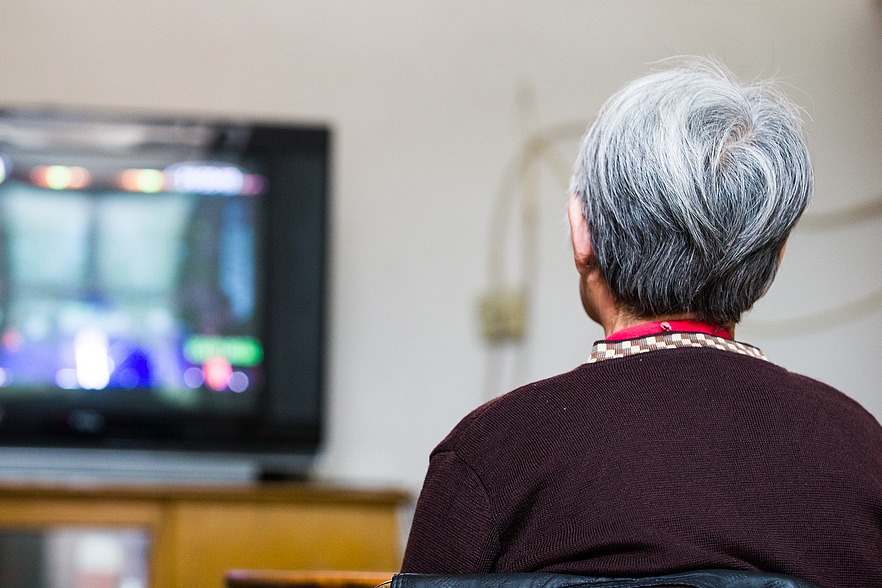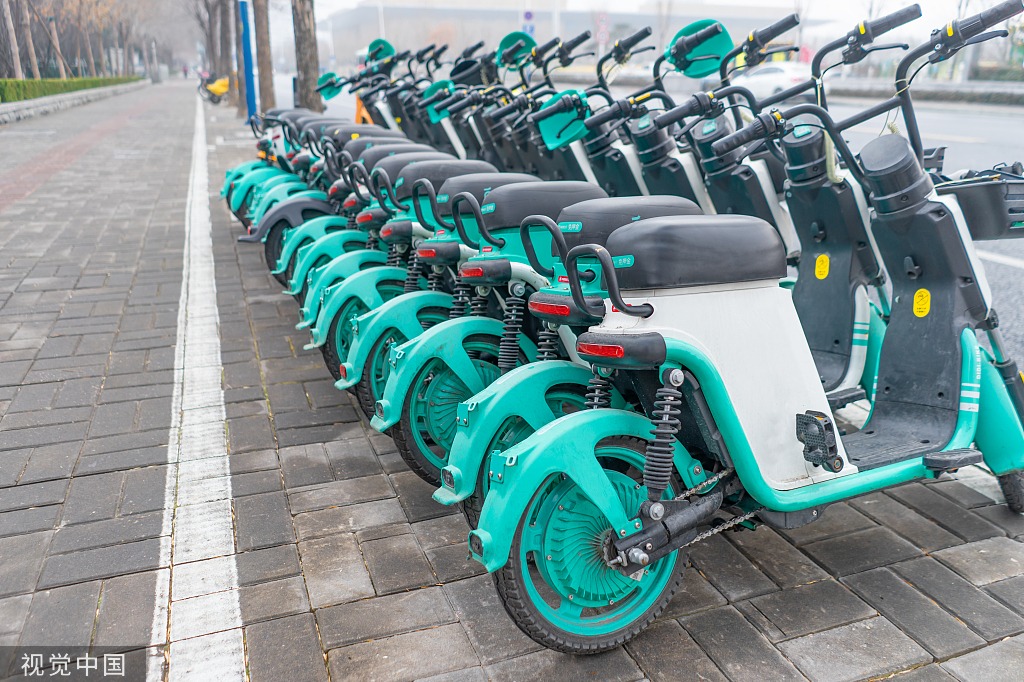Osteoarthritis treatment IP case solved in court
By CAO YIN | chinadaily.com.cn | Updated: 2024-12-05 11:41
China's top court solved a long-term intellectual property case between two technological companies on Wednesday, coinciding with Constitution Day, demonstrating the country's judicial determination and effort to promote scientific and technological innovation.
Thanks to the effort of the Supreme People's Court, three scientific researchers from two corporations settled a patent dispute, agreeing to continue working together on a pharmaceutical research and development study.
The patent involved in the case focuses on healthcare, which is a drug for the treatment of osteoarthritis and the method for making it, according to the top court.
In 2018, Hu Yong, Yu Yin and Wang Gang returned from studying abroad and jointly founded a technology in Shenzhen, Guangdong province, with the goal of promoting the research and transformation of osteoarthritis technology in China.
In September 2019, Hu established another company. In June 2021, Hu's company applied for the patent involved in the case, which was authorized by the IP administration in October that year.
Arguing that the patent was Hu's invention in the original company, Wang and Yu initiated a lawsuit at the Shenzhen Intermediate People's Court, requesting judges to identify the ownership of the patent.
However, the request was rejected by the intermediate court, leading to an appeal by Wang and Yu to the top court.
While facing the patent lawsuit, the two technology companies, where the three litigants work, were also involved in other disputes, including those on technical secrets and contract, the top court said.
After learning about the trio's story and visiting the two companies, the top court decided to collectively solve all of their lawsuits together, "so as to help them focus more on scientific and technological innovation, instead of spending their energy on litigation," it added.
The three litigants eventually agreed to the judicial decision to no longer confront in litigation and pledged to continue their research in the field of biomedicine.
"Solving the disputes for the researchers through mediation stimulates creative vitality and encourages innovators," the top court said. "It will also be conducive to promoting the country's growth in technology and advancing industrial integration and development."
























